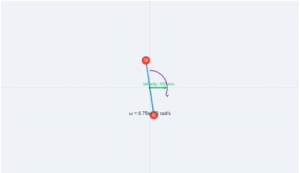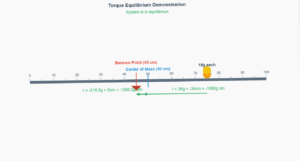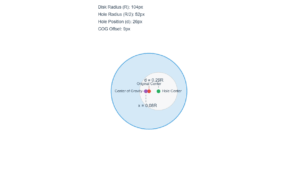3D Vector Cross Product and Parallelepiped Volume
Demonstrating that the volume of the parallelepiped formed by three vectors equals |a · (b × c)|
This 3D simulation shows how the volume of the parallelepiped formed by vectors a, b, and c equals the absolute value of the scalar triple product (a · (b × c)). Adjust the vectors to see how the volume changes while maintaining this mathematical relationship.
Mathematical Proof
The volume of the parallelepiped formed by vectors a, b, and c equals the absolute value of the scalar triple product:
1. The cross product b × c gives a vector perpendicular to b and c with magnitude equal to the area of the parallelogram formed by b and c
2. The dot product a · (b × c) projects a onto this perpendicular vector, giving the "height"
3. The absolute value gives the volume of the parallelepiped
∴ Volume = |a · (b × c)|
The tetrahedron formed by the three vectors has 1/6th of this volume.
With a = (2, 0, 0), b = (0, 2, 0), c = (0, 0, 2), b × c = (4, 0, 0), a·(b×c) = 8, so volume = 8.



